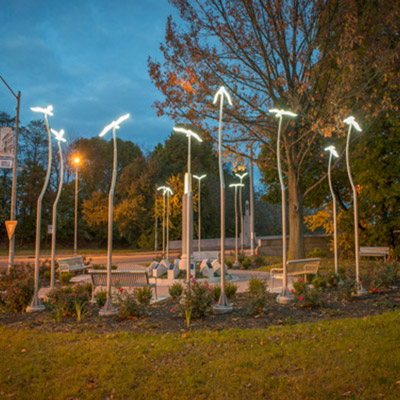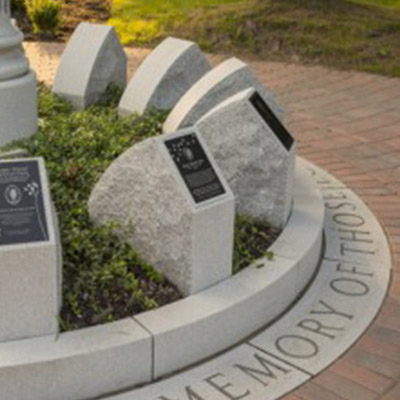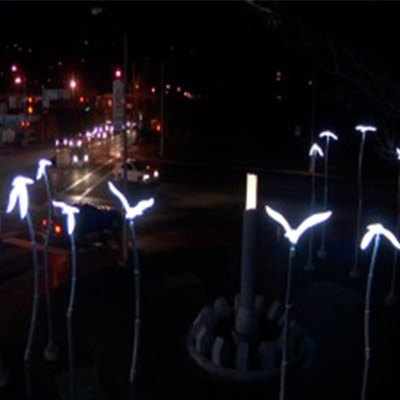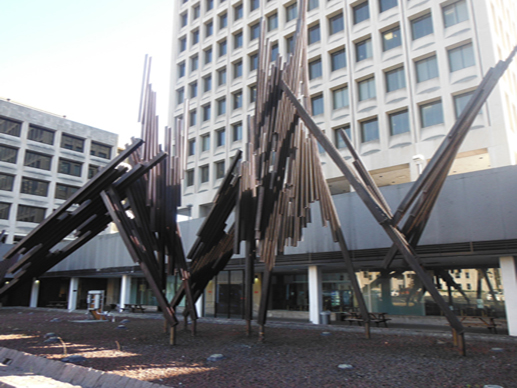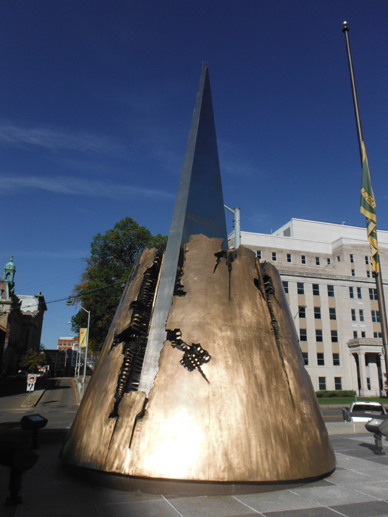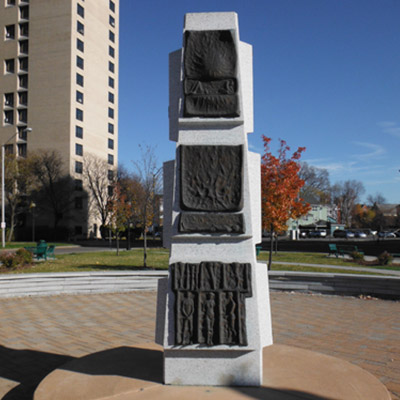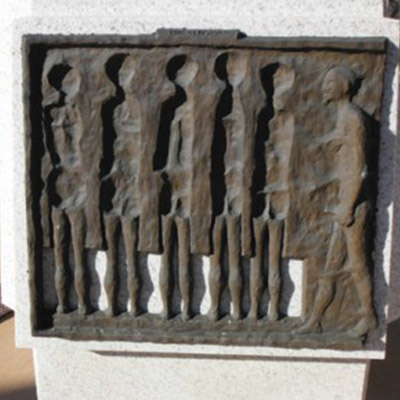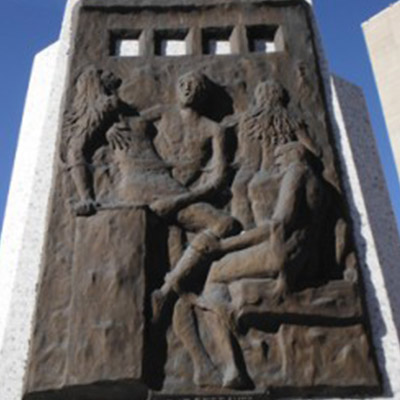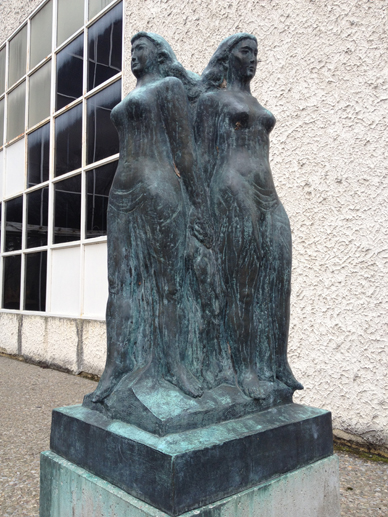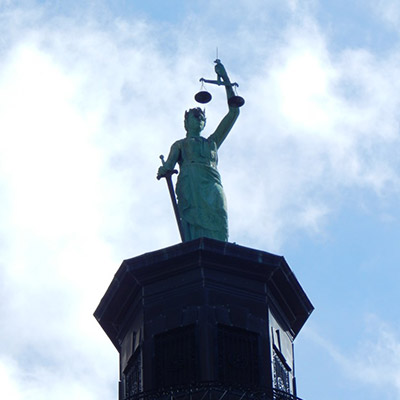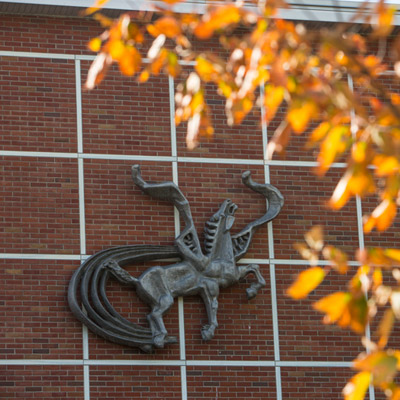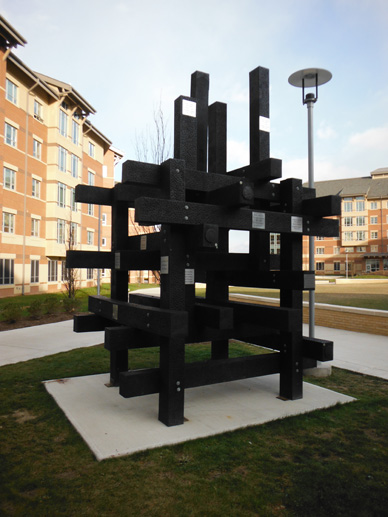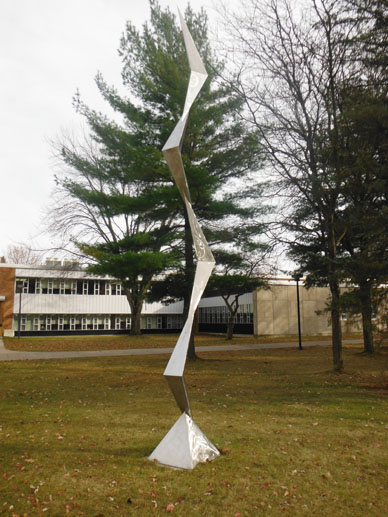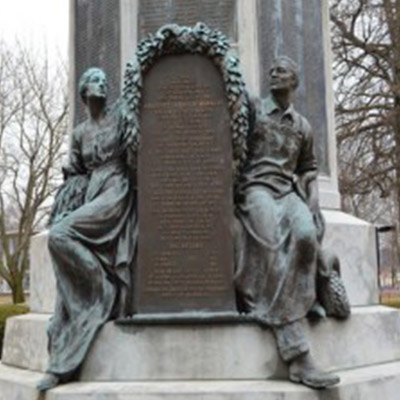Reviewed by Lee Shepherd
Noah Bendix-Balgley has it all – tall and imposing, well-spoken, personable, a fine composer as well as superb violinist, and if Saturday’s performance (Oct. 6) with the Binghamton Philharmonic is any indication, on his way to a world-class career.
The full-house audience in Binghamton University’s Osterhout Concert Theatre had it all, too – a performance of the Beethoven Violin Concerto in D Major played with incredible technical prowess and musicality, with back-up by a philharmonic that performs on par with orchestras that are the shining light of major cities across the U.S. and in world capitals.
Conductor José-Luis Novo described the soloist “as the best of the best. How lucky we are to have him before he goes on to a ‘big career’ and we can no longer afford him!” The two have known each other since Bendix-Bagley was a teenager, only a few years ago.
According to legend, the first performance of Beethoven’s immensely beautiful concerto resulted in some scathing critical reviews. The piece was finished at the last minute. Violinist Franz Clement sight-read the piece in its debut, then interspersed the first and second movement with a parlor trick, playing a tune on one string with his violin upside down! Only later did it become a beloved and much appreciated piece in the violin and orchestral repertoire.
From the first theme, four solo timpani drum beats, to the very last thrilling climax, Bendix-Balgley played the hefty concerto (45 minutes long!) with immense delicacy and sensitivity. He rarely rose above a mezzo-forte, and those moments were all the more moving for their rarity.
As if that wasn’t enough of a gift, Bendix-Balgley wrote the cadenzas himself, in the fashion of great violinists throughout the ages. Think Beethoven/Bendix-Balgley mind-meld: Beethoven’s themes, with hugely difficult double-stop patterns and unusual chord progressions tossed off with apparent ease by a masterful violinist.
Bendix-Balgley, concertmaster of the Pittsburgh Symphony, is reputed to be a Klezmer fiddler in his other life. I don’t think I imagined it, but I heard a bit of that Eastern European jazz overlaying the Beethoven in those cadenzas.
Maestro Novo, always a courageous programmer and audience educator, treated us to an infrequently performed work – Sibelius’ Symphony No. 5 in E-Flat Major, Op. 82. Sibelius wrote the piece for his own 50th birthday, celebrated as a national holiday in his native land. Depicting the spaciousness of nature, he demands that each instrument perform at its highest level – and the members of the BPO complied. This work, by a long neglected musical genius of his age, had you holding your breath at the end and exiting the concert hall singing his motifs.
The BPO, with Novo at the podium, has never sounded better.
Upcoming classical series concerts: Nov. 11, the Verdi Requiem with the Binghamton University Chorus; Jan. 20, the Brahms’ Third Symphony; and, on April 20, the Shostakovich Sixth Symphony. Visit www.binghamtonphilharmonic.org for details and tickets.




